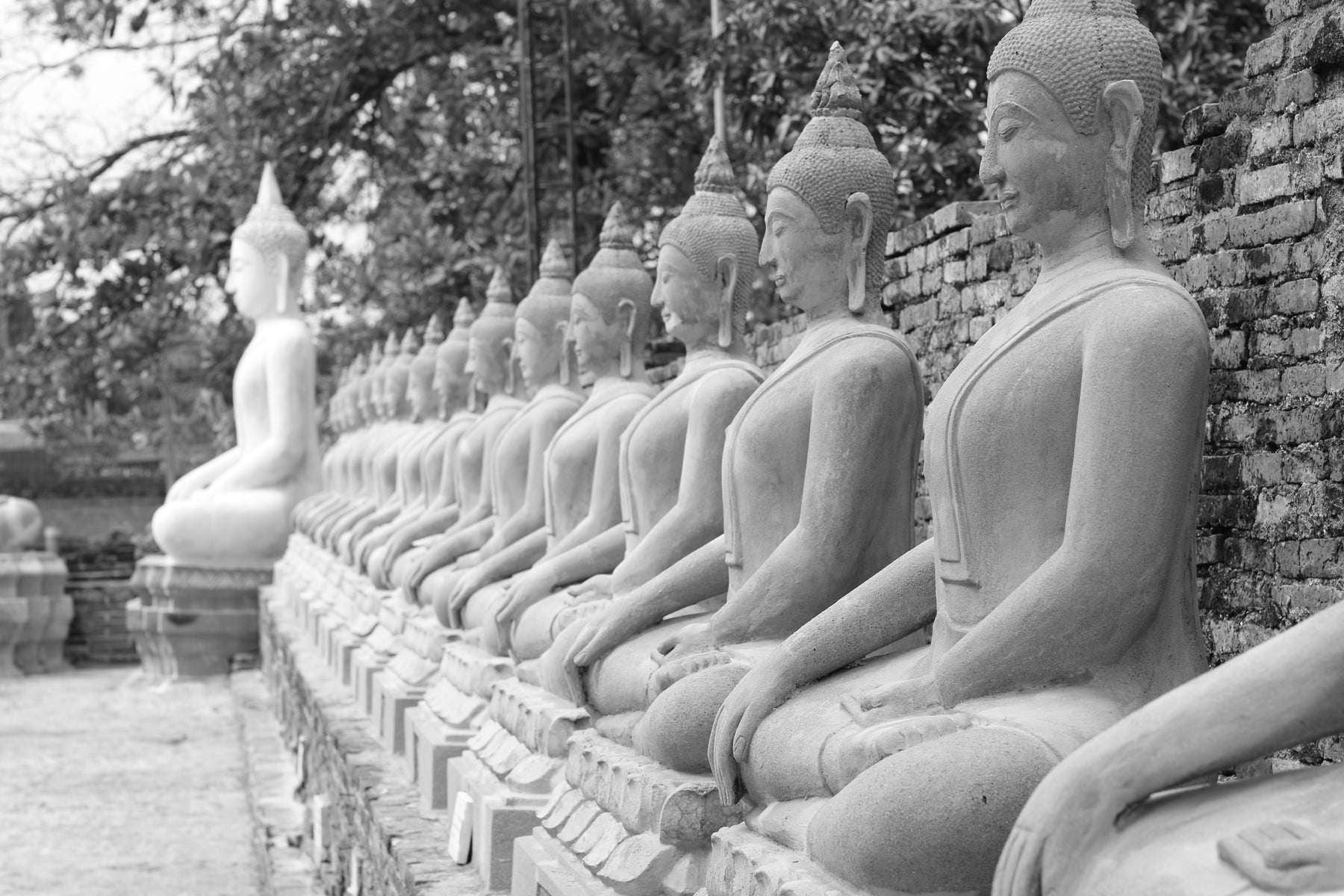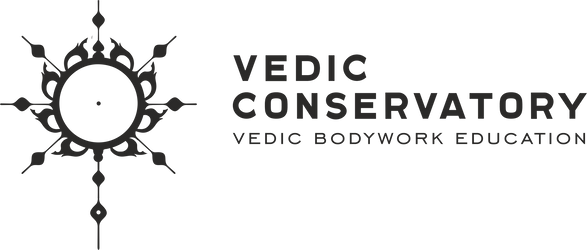
THE VALUE OF CONSCIENTIOUS BREATHING DURING AND AFTER COMPRESSIONS
THE VALUE OF CONSCIENTIOUS BREATHING DURING AND AFTER COMPRESSIONS
Breathing recommendations to remove energy or, inversely, to supply energy.
WHILE APPLYING COMPRESSION
The topic of Breathing, also known as breath control, is a most important and enjoyable subject. Concentrated breathing methods also embody very mysterious and desirable results.
Smart Breathing and Compressions
This paper describes technique and experience while applying compressions with focused intentional breathing.
This technique described herein is used with BOTH inhalations and exhalations to benefit compressions and stretch-releases.
These breathing and compression methods are used with the intention to release unwanted stress and contraction while also, inversely, with the intention of infusing supportive and strengthening reinforcement to substantiate weakness.
As a practitioner during a treatment, the decisive use of conscientious breathing and its vocal resonance definitively illustrates an intelligent therapist while also demonstrating a desirable treatment.
There are two fundamental breathing procedures included in this lesson:
- The first fundamental procedure is to conscientiously exhale the breath during the compression with the intention to either reinforce or to release the issue.
- The second fundamental procedure is to conscientiously inhale the breath during the compression with the intention to either reinforce or to release the issue.
To repeat and as a reminder, these methods are while compressing or going into the intent, not while releasing from the intent.
The releasing methods are mentioned below and entail similar breathing procedures yet necessarily require different and distinct awareness.
Practice exhalation of the breath during the compression to fulfill the purpose of both ‘removing the contraction’ or for ‘supplying support.’
or
Practice inhalation of the breath during the compression to fulfill the purpose of both ‘removing the contraction’ or for ‘supplying support’.
A Most Important and Sensitive Distinction
When expertise is demonstrated while issuing these breathing applications, the use of either inhalations or exhalations are both an acceptable means for the attainment of therapeutic fulfillment.
However, Don’t Muddle It up!
Beginner lessons in Traditional Southeast Asian Bodywork recommend the exclusive use of only one application technique or exclusive use of the other, but not using both inhalations and exhalations during one compression.
That is, for learning purposes, beginner students are taught to apply the use of a concentrated exhalation exclusively to induce the desired therapeutic intention, or inversely beginner students are taught to apply the use of a concentrated inhalation exclusively to induce the desired therapeutic intention but for the purpose of the new practitioner’s clear experience and comprehension of the therapeutic intention, it is not recommended to ‘muddle’ the two procedures of exhaling and inhaling during one compression together.
As a valuable aspect of the technique and to induce further remedial benefits from this exquisite restorative experience, a practitioner may enhance the quality of the therapeutic intention by including a rhythmic cadence and a specific intended duration into the compression breath.
For example, setting a predetermined series of incremental counts to the compression procedure remarkably improves the results and outcome.
WHILE RELEASING FROM A COMPRESSION
Releasing from a therapeutic intention is all the energy experienced after the compression energy has been fully expressed by the practitioner.
The same methods described above will also demonstrate techniques for releasing from the therapeutic intention.
In other words, concentrated exhalations or concentrated inhalations can be successfully intended and very effectively used while releasing from a therapeutic compression also.
As we can see from this brief lesson for either removing energy or for providing energy, these two indispensable methods for both concentrated exhalations or concentrated inhalations during both compressions and releases are essential focuses in order to achieve ultimate therapeutic resolve and satisfaction for both the receiver and the practitioner.
There are also many potential breathing derivatives and possible cross-pattern breathing techniques included within this lesson to experiment and be successful with.
For example, for the purpose of extracting tense, contracted and unwanted energy, please consider the method to compress or approach the full expression with an extended and long, strong exhalation and then to suddenly, abruptly release with a quick inhalation.
Or inversely, to supply and substantiate a weak and flaccid area with energy, please consider a quick and instant compression and inhalation to full expression and then a slow release with a long and extended exhalation.
Adventure and Discover!
Then share your valuable breathing experiences and progress with your colleagues.
Significantly also, the techniques described here are exhilarating and incomparable protocols for acquiring session satisfaction and also for rejuvenating and promptly refreshing one’s self as a practitioner and the fortunate recipient.
All of these techniques dramatically improve further when we include the ayurvedic components of internalizing awareness, being with our inner drishti, while also engaging the plexuses and inner bandhas.
The challenge has now been posted to you for your benefits.
In order to drink the elixir of pure style and miraculous transformations in Vedic Massage, relinquish the mind’s directionless meanderings and settle securely into the trust and confidence of the breathing ambit.
Love, mukti


Leave a comment